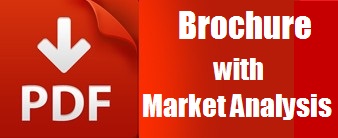
Déon Sébastien
Université de Bourgogne-Franche-Comté, FRANCE
Title: Is it possible to fully predict removal performances of a nanofiltration process by transport modelling?
Biography
Biography: Déon Sébastien
Abstract
Nanofiltration can find applications in several environmental or industrial fields since its size and electrical properties make it perfectly suitable to remove small charged pollutants such as metal ions from contaminated effluents. In this context, a predictive tool could be a very useful for process development or optimization. Several approaches are available in literature but the coupling between equilibrium partitioning at the interfaces and the extended Nernst-Planck equation to describe transport within the pores is probably the most convenient approach to model multi-ionic separation. The major limitation for such a predictive model lies in the estimation of physical parameters. In this presentation, several ways developed to determine the input parameters are discussed to check if a fully predictive model is potentially achievable or if it remains a fanciful dream. The presentation will be mainly devoted to estimation of the membrane charge density (Xd) and the dielectric constant of the solution within pores (ï¥p), which are the two key parameters of the above-mentioned approach. Firstly, the outstanding predictions of filtration performances obtained with an original numerical procedure based on the simultaneous fitting of multi-component rejection curves will be highlighted. Then, various experimental methods developed recently to determine these physical parameters, such as streaming or membrane potential measurements or electrochemical impedance spectroscopy, will be also presented before discussing their respective advantages and drawbacks for predictive purposes.


